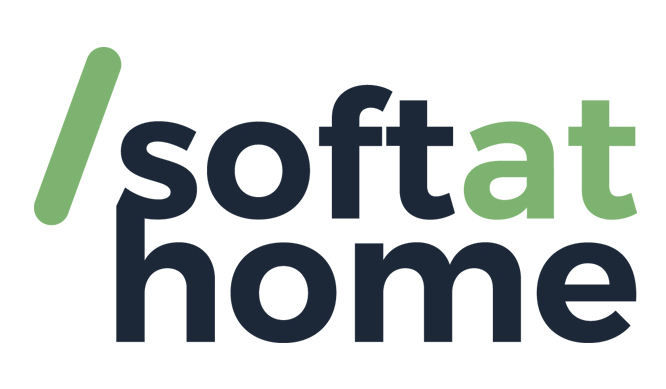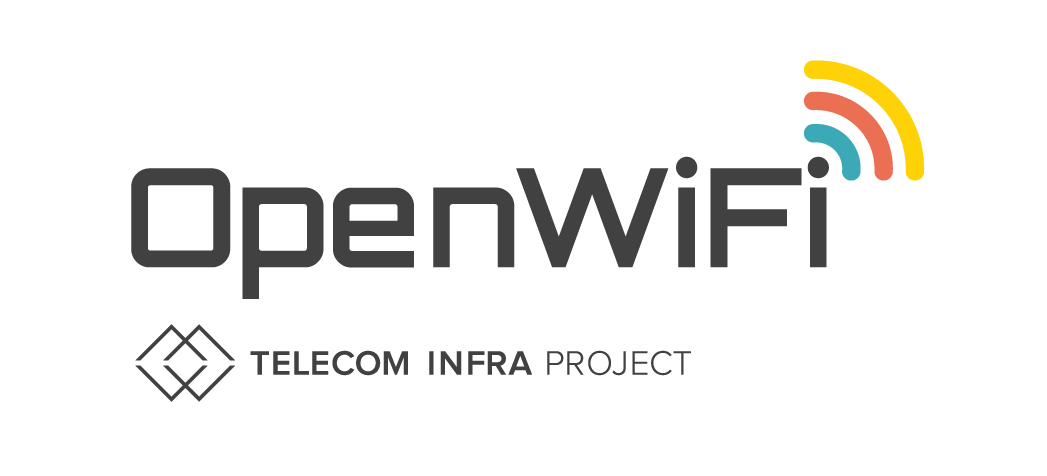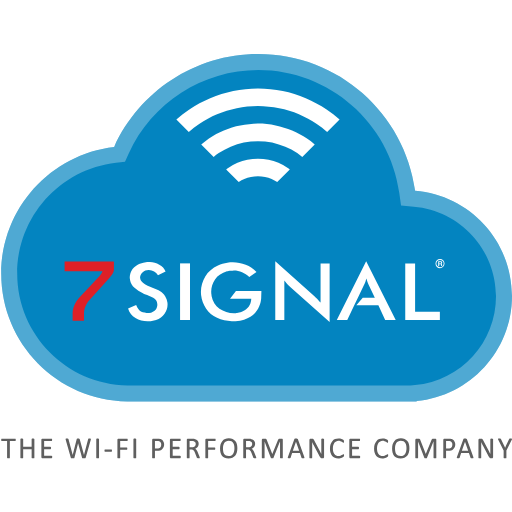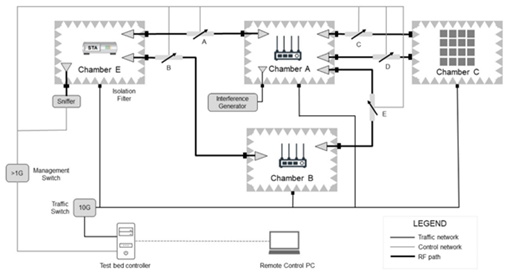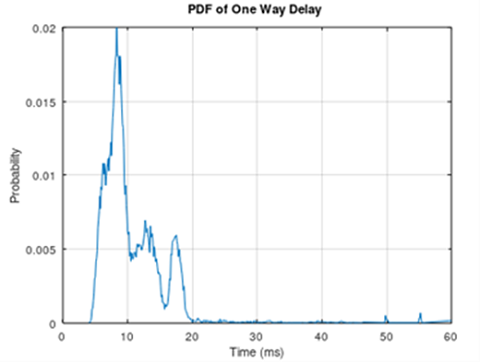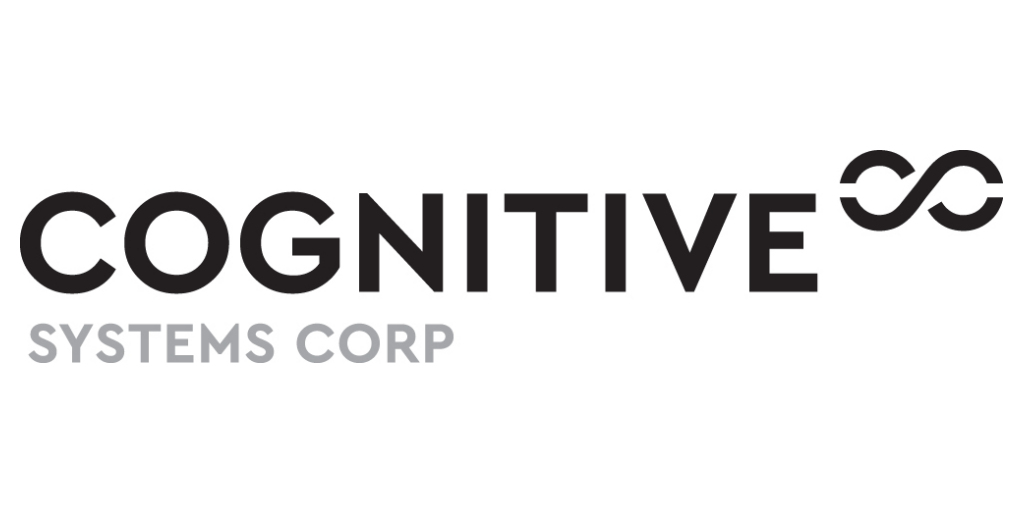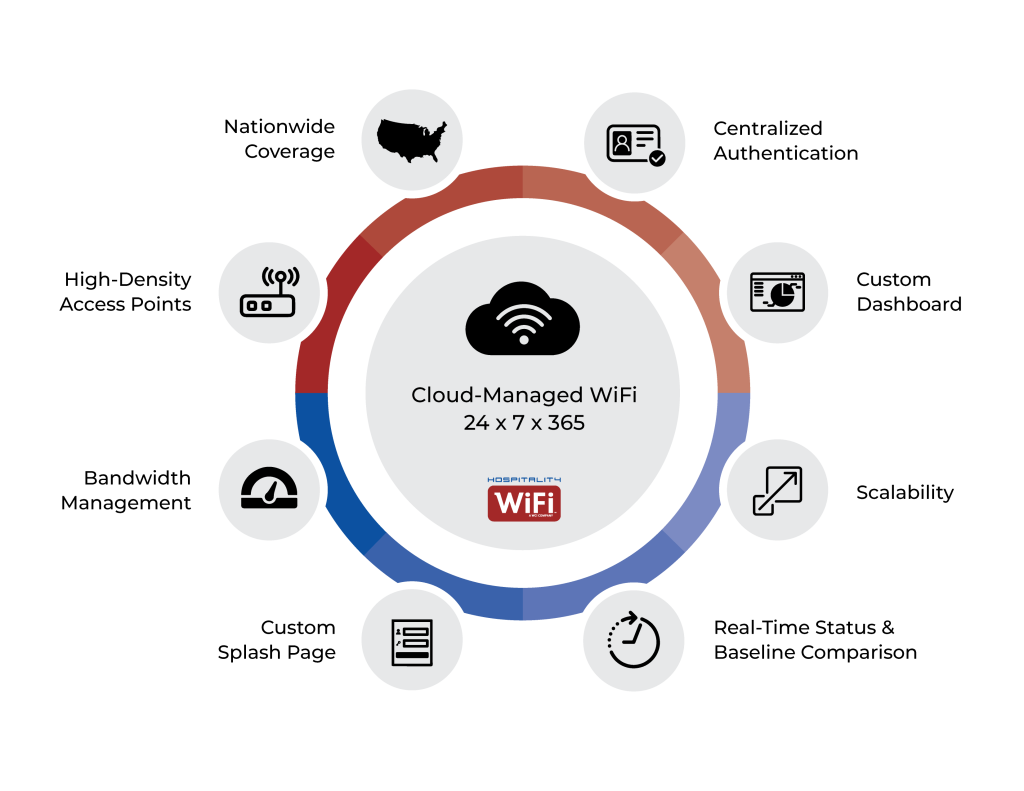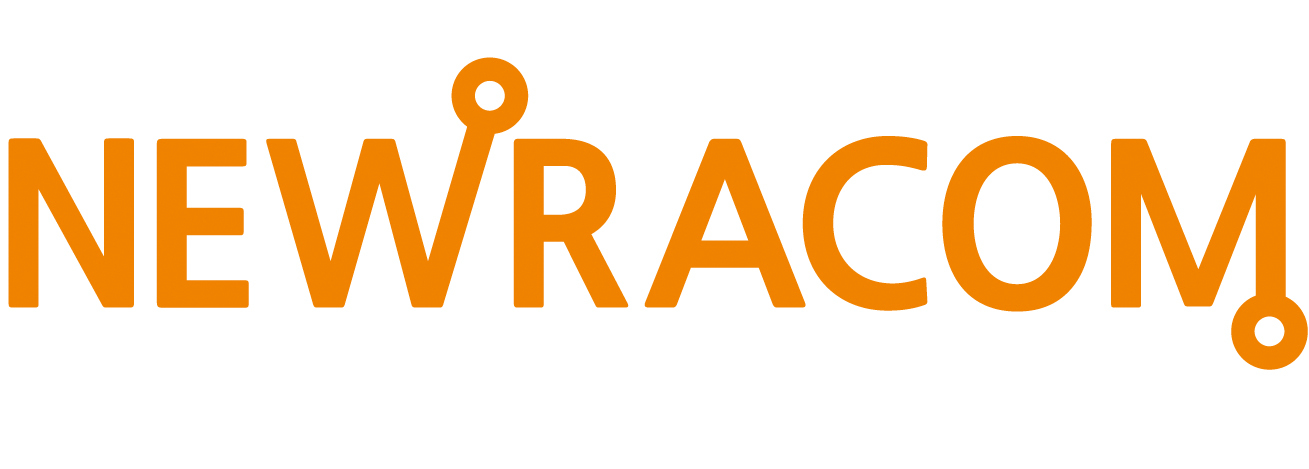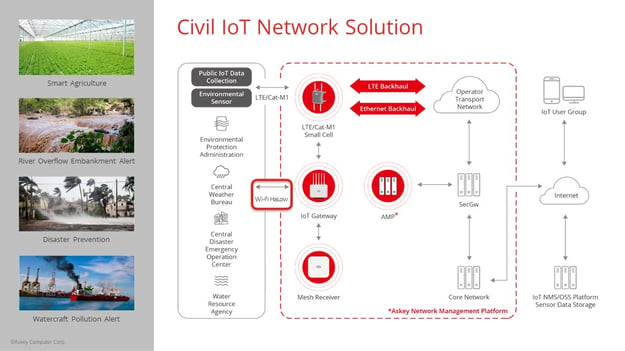Charlotte, N.C., April 26, 2023 (GLOBE NEWSWIRE) — Akoustis Technologies, Inc. (NASDAQ: AKTS) (“Akoustis” or the “Company”), an integrated device manufacturer (IDM) of patented bulk acoustic wave (BAW) high-band RF filters for mobile and other wireless applications, announced today that it has received its first volume Wi-Fi 6E filter purchase order for a new, advanced, high-speed line of Wi-Fi 6E fixed infrastructure products, which will be sold through a leading US-based service provider. The customer will use multiple Akoustis XBAW® filters in Wi-Fi 6E Access Point products and is currently ramping production of these next generation multi-user, multiple-in-multiple-out (MU-MIMO) devices.
The Akoustis XBAW® filter solutions will be used initially for cable gateway products. The gateways will operate in MU-MIMO architectures, in 4 x 4 configuration, with twelve active radios. The two XBAW®filter solutions utilized for the new gateways operate with center frequencies of 5.6 GHz and 6.6 GHz, respectively.
The 5.6 GHz filter module covers the entire UNII 1-3 spectrum and enables an additional 80 MHz and 160 MHz channel in UNII-4, while the 6.6 GHz filter module covers a majority of the UNII 5-8 spectrum. Current Wi-Fi 6E configurations allow for the use of six 80 MHz and two 160 MHz channels in the UNII 1-3 spectrum, and fourteen 80 MHz and seven 160 MHz channels in the UNII 5-8 spectrum. The new XBAW® 5.6/6.6 GHz coexistence filter modules allow for the use of seven 80 MHz and three 160 MHz channels in the UNII 1-4 spectrum, and twelve 80 MHz and six 160 MHz channels in the UNII 5-8 spectrum.
Akoustis began shipping initial pre-production BAW filters against purchase orders for development, sampling, and qualification during the quarter ending December 31, 2022. The customer is now entering production with its new line of gateway routers powered by Akoustis’ filters.
Jeff Shealy, founder and CEO of Akoustis, stated, “We are excited to begin a relationship with this tier-1 US-based service provider, a significant new partner in advanced, high-speed Wi-Fi technology. This customer is pushing forward with cutting-edge Wi-Fi 6E gateway routers that will deliver leading data throughput speed and video streaming to its customers, enabled by our proprietary filtering technology.” Mr. Shealy continued, “Working with top-tier, leading companies is the goal of any technology supplier, and we are excited to help them provide the highest quality, highest speed Wi-Fi connectivity moving forward.”
Akoustis continues to experience strong demand and a growing sales funnel for its Wi-Fi, 5G mobile, and 5G infrastructure products, including CBRS XBAW® filters, as well as its new XBAW® and RFMi resonator and oscillator products. During the December quarter, the Company shipped multiple samples of its new 5G XBAW® wafers complete with its new, advanced wafer-level packaging (WLP) technology. Akoustis continues to add new Wi-Fi design wins, many of which are expected to ramp into production in calendar 2023.
Akoustis is actively delivering volume production of its Wi-Fi 6 and 6E tandem filter solutions, shipping multiple 5G small cell XBAW® filter solutions, and delivering initial designs of its new 5G mobile filter solutions to multiple customers, and has entered the market with its new Wi-Fi 7 coexistence XBAW® filter solutions. To date, Akoustis has received more than 20 customer design wins for its patented XBAW® filter solutions.
Given the rapidly growing sales funnel activity, as well as ongoing interaction with customers regarding expected ramps in 5G mobile, Wi-Fi 6, and Wi-Fi 6E in calendar 2023, the Company is completing the annual production capacity increase at its New York fab to approximately 0.5 billion filters per year.
About Akoustis Technologies, Inc.
Akoustis® (http://www.akoustis.com/) is a high-tech BAW RF filter solutions company that is pioneering next-generation materials science and MEMS wafer manufacturing to address the market requirements for improved RF filters – targeting higher bandwidth, higher operating frequencies and higher output power compared to legacy polycrystalline BAW technology. The Company utilizes its proprietary and patented XBAW® manufacturing process to produce bulk acoustic wave RF filters for mobile and other wireless markets, which facilitate signal acquisition and accelerate band performance between the antenna and digital back end. Superior performance is driven by the significant advances of poly-crystal, single-crystal and other high purity piezoelectric materials and the resonator-filter process technology which enables optimal trade-offs between critical power, frequency and bandwidth performance specifications.
Akoustis plans to service the fast growing, multi-billion-dollar RF filter market, using its integrated device manufacturer (IDM) business model. The Company owns and operates a 120,000 sq. ft. ISO-9001:2015 registered commercial wafer-manufacturing facility located in Canandaigua, NY, which includes a class 100 / class 1000 cleanroom facility – tooled for 150-mm diameter wafers – for the design, development, fabrication and packaging of RF filters, MEMS and other semiconductor devices. Akoustis Technologies, Inc. is headquartered in the Piedmont technology corridor near Charlotte, North Carolina.
Forward-Looking Statements
This document includes “forward-looking statements” within the meaning of Section 27A of the Securities Act, and Section 21E of the Securities Exchange Act of 1934, each as amended, that are intended to be covered by the “safe harbor” created by those sections. These forward-looking statements include, but are not limited to, statements about our estimates, expectations, beliefs, intentions, plans or strategies for the future (including our possible future results of operations, profitability, business strategies, competitive position, potential growth opportunities, potential market opportunities and the effects of competition), the anticipated benefits of the acquisition of Grinding and Dicing Services, Inc., future cash flow and forecasts of breakeven point and expectations regarding funding under the CHIPS and Science Act, and the assumptions underlying such statements. Forward-looking statements include all statements that are not historical facts and typically are identified by use of terms such as “may,” “might,” “would,” “will,” “should,” “could,” “project,” “expect,” “plan,” “strategy,” “anticipate,” “attempt,” “develop,” “help,” “believe,” “think,” “estimate,” “predict,” “intend,” “forecast,” “seek,” “potential,” “possible,” “continue,” “future,” and similar words (including the negative of any of the foregoing), although some forward-looking statements are expressed differently. Forward-looking statements are neither historical facts nor assurances of future results, performance, events or circumstances. Instead, these forward-looking statements are based on management’s current beliefs, expectations and assumptions, and are subject to risks and uncertainties. Factors that could cause actual results to differ materially from those currently anticipated include, without limitation, risks relating to our inability to obtain adequate financing and sustain our status as a going concern; our limited operating history; our inability to generate revenues or achieve profitability; the results of our research and development activities; our inability to achieve acceptance of our products in the market; the possibility that the anticipated benefits from business acquisitions (including the acquisition of Grinding and Dicing Services, Inc.) will not be realized in full or at all or may take longer to realize than expected; the possibility that costs or difficulties related to the integration of acquired businesses’ operations will be greater than expected and the possibility of disruptions to our business during integration efforts and strain on management time and resources; the impact of a pandemic or epidemic or a natural disaster, including the COVID-19 pandemic, the Russian-Ukrainian conflict and other sources of volatility on our operations, financial condition and the worldwide economy, including its impact on our ability to access the capital markets; increases in prices for raw materials, labor, and fuel caused by rising inflation; general economic conditions, including upturns and downturns in the industry; shortages in supplies needed to manufacture our products, or needed by our customers to manufacture devices incorporating our products; our limited number of patents; failure to obtain, maintain, and enforce our intellectual property rights; claims of infringement, misappropriation or misuse of third party intellectual property, including the lawsuit filed by Qorvo, Inc. in October 2021, that, regardless of merit, could result in significant expense and negatively impact our business results; our inability to attract and retain qualified personnel; our reliance on third parties to complete certain processes in connection with the manufacture of our products; product quality and defects; existing or increased competition; our ability to successfully manufacture, market and sell products based on our technologies; our ability to meet the required specifications of customers and achieve qualification of our products for commercial manufacturing in a timely manner; our inability to successfully scale our New York wafer fabrication facility and related operations while maintaining quality control and assurance and avoiding delays in output; the rate and degree of market acceptance of any of our products; our ability to achieve design wins from current and future customers; contracting with customers and other parties with greater bargaining power and agreeing to terms and conditions that may adversely affect our business; risks related to doing business in foreign countries, including China; any security breaches, cyber-attacks or other disruptions compromising our proprietary information and exposing us to liability; our failure to innovate or adapt to new or emerging technologies, including in relation to our competitors; our failure to comply with regulatory requirements; results of any arbitration or litigation that may arise; stock volatility and illiquidity; dilution caused by any future issuance of common stock or securities that are convertible into or exercisable for common stock; our failure to implement our business plans or strategies; and our ability to maintain effective internal control over financial reporting. These and other risks and uncertainties are described in more detail in the Risk Factors and Management’s Discussion and Analysis of Financial Condition and Results of Operations sections of the Company’s most recent Annual Report on Form 10-K and in subsequently filed Quarterly Reports on Form 10-Q. Considering these risks, uncertainties and assumptions, the forward-looking statements regarding future events and circumstances discussed in this document may not occur, and actual results could differ materially and adversely from those anticipated or implied in the forward-looking statements. You should not rely upon forward-looking statements as predictions of future events. The forward-looking statements included in this document speak only as of the date hereof and, except as required by law, we undertake no obligation to update publicly or privately any forward-looking statements, whether written or oral, for any reason after the date of this document to conform these statements to new information, actual results or to changes in our expectations.


